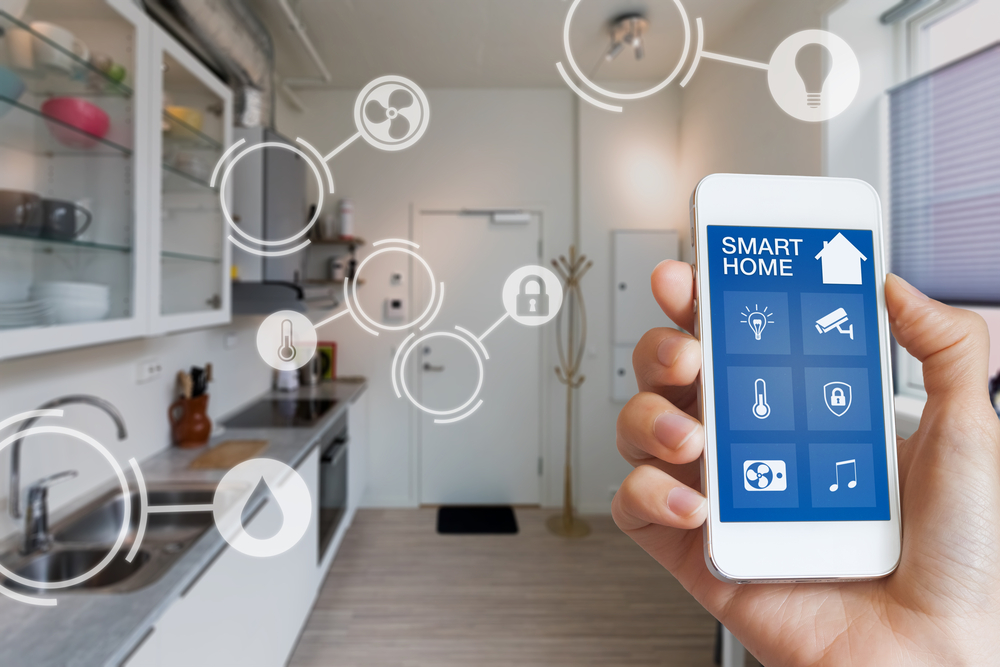
Life is beginning to resemble a James Bond movie. Watches act as telephones and smart phones take pictures, unlock doors, open windows, turn off home alarm systems, and remotely turn on the lights. We’re even looking at future roadways filled with driverless cars.
As the Internet of Things changes the way we live, work, and play through smart devices, it’s important to understand the risks you face and how to best mitigate the dangers.
What Exciting Smart Products Exist Today?
Today we have a wide range of “smart” products for the home. Many can be operated, adjusted, and turned off remotely from a smartphone app. You don’t even need to be home to do it. These things include:
- Coffee Pots
- Lights
- Safety Door Locks
- Refrigerators
- Ovens
- Smart Lighting
- Coffee Makers
- Smart Thermostats
- Ceiling Fans
- Smart Outlets
- Smart Personal Assistants
- Smart Doorbells
Products like these make it easier for people on the go to manage their home and save time on every-day chores, but they can also open users to vulnerabilities. For instance, what happens if the smart oven you turn on before you leave work overheats and starts a fire? Or what if the smart ceiling fan shorts out and fries the electrical system in your home?
Before you plug and play, it’s important to understand if damage from smart devices is covered by your homeowners or renters policy.
IoT Devices a Hacker’s Paradise?
Smart devices in your home can be controlled independently through separate apps, but most people find it more convenient to manage all of their devices through a central access point. The smart products in your home talk to these hubs and and the hub talks back, sending commands that you initiate either through the central point itself or your smart phone.
It’s easy to understand with a quick example. Harry Homeowner has three smart devices or systems in his home: his thermostat, his home security system and his front door locks. By using a smartphone to communicate with the central hub, Harry can control all three from a single app. He can easily set his thermostat as he leaves work to cool or warm his home for his arrival and unlock the doors as he approaches the front steps. Once inside, the security system recognizes his smart phone and turns itself off.
Devices like these make the task of managing our homes and our lives simpler, until someone hacks the system. To identify security risks and demonstrate how easy it can be to penetrate some smart hubs, Kaspersky Lab’s Vladimir Daschenko recently hacked the smart hub of a fictitious home and revealed the security loopholes.
According to Kaspersky, smart hubs are relatively new technology and not always well researched. Lack of proper security protocols leave users at risk of being hacked or of having their devices hijacked for the hacker’s own nefarious purposes.
To protect your home and your devices, Liberty Mutual offers seven simple steps that can help you avoid costly hacks. Simple measures such as locking your router and changing your passwords often can go a long way to protect you and your home. Investing in the right home and auto insurance is also crucial for your protection. For instance, some policies offer optional identity theft protection if a hacker gains sensitive information and uses it to steal your identity. Insurers also offer discounts for installing certain smart devices such as smoke detection and security systems.
The Internet of Things is changing the way the world works and plays. It’s even changing how you live your life at home. Make sure you aren’t at risk while enjoying the rewards of connectivity by being properly protected with homeowners, auto and other essential insurance coverages.